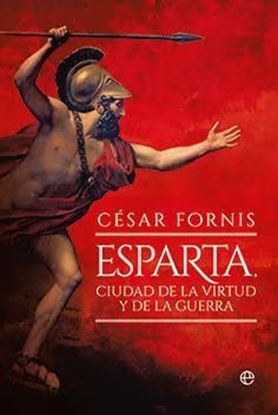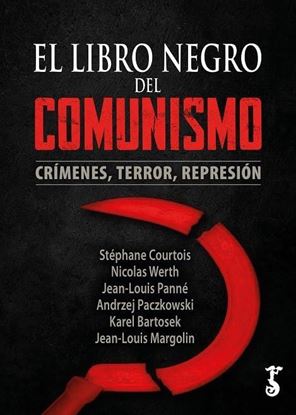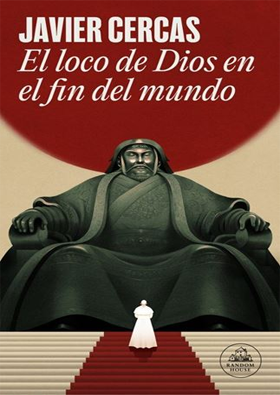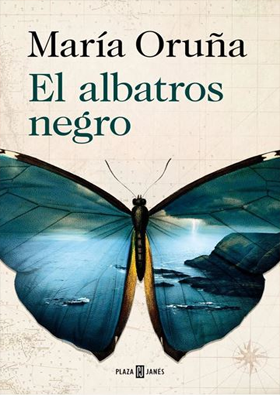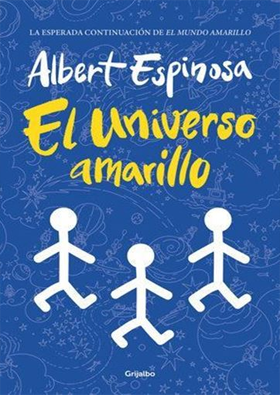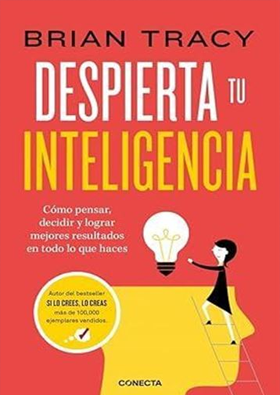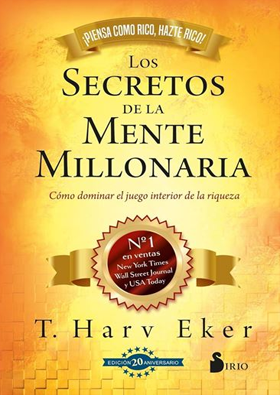

NOVEDADES
LOS JUEGOS DEL HAMBRE 1. JUEG (ED ILUS)
En una oscura versión del futuro próximo, doce chicos y doce chicas se ven obligados a participar en un reality show llamado Los juegos del hambre. Solo hay una regla: matar o morir.
Cuando Katniss Everdeen, una joven de dieciséis años, se presenta voluntaria para ocupar el lugar de su hermana en los juegos, lo entiende como una condena a muerte. Sin embargo, Katniss ya ha visto la muerte de cerca y la supervivencia forma parte de su naturaleza.
2,250
ESPARTA, CIUDAD DE LA VIRTUD Y LA GUERRA
La historia total de la ciudad griega que puso de rodillas a sus enemigos en los campos de batalla y se ganó la fama de amar la virtud por encima de todo lo demás.
Esparta es la guerra y la virtud, pero también un gran misterio histórico que la propaganda de sus enemigos y el mito creado por sus admiradores han terminado de emborronar.
El catedrático César Fornis reconstruye con una infinidad de fuentes y valiéndose de la arqueología la épica aventura de una potencia militar envuelta en una guerra casi continuada desde su nacimiento como entidad política independiente en el siglo VIII a.C. hasta su pervivencia como una especie de parque temático de las glorias pasadas en época romana.
Las páginas de esta monumental obra exponen sus numerosas guerras, su particular monarquía de dos cabezas, sus cultos religiosos y una educación extrema que curtía el cuerpo y la mente de sus ciudadanos soldados.
2,800
2,240
EL LIBRO NEGRO DEL COMUNISMO
En 1997 se publicó El libro negro del comunismo (la española fue la primera traducción del mundo), un título que se convirtió en un best seller mundial, con traducciones a veinticinco idiomas. Desaparecido de las librerías españolas desde hace tiempo, vuelve ahora este clásico contemporáneo, cuya vigencia ha quedado demostrada por la actualidad política. Esta edición, con vocación de definitiva, ha llevado a cabo una exhaustiva revisión del texto, corrigiendo errores y erratas, una mejorada versión de la cartografía y un prólogo del coordinador de la obra que hace balance de veinticinco años de vida de un libro que asombró al mundo y cuya vigencia no ha decaído un ápice. En palabras de Courtois: 'la masa de información proporcionada por este libro en 1997 no solo no ha sido desmentida, sino que, por el contrario, se ha confirmado continuamente por el trabajo de historiadores de todo el mundo'. Las características físicas de esta edición permiten disfrutar de una obra capital como nunca antes.
2,800
2,240
PICASSO, KLEE, MATISSE, GIACOMETTI
Berggruen’s collection with more than one hundred masterpieces is a spectacular tribute to the foresight of this major player in the Paris art market during the second half of the twentieth century. Born into a Jewish family in Berlin in 1914, he went into exile in California on the eve of World War II. He became art critic for the San Francisco Chronicle and assistant to the director of the San Francisco MoMA. After the war, Berggruen returned to Europe, first to Munich as a journalist, then to Paris where he worked at the UNESCO headquarters before becoming an art dealer specialized in the graphic arts of modern artists. He quickly established contacts within the Parisian cultural scene, meeting both the artists he would represent and the poets, dealers, historians, critics, and collectors of the day. Guided by his personal tastes, he built a solid collection of twentieth-century works now housed at the Neue Nationalgalerie Berlin spanning the careers of Pablo Picasso and Paul Klee and including Henri Matisse’s collages and Alberto Giacometti’s sculptures. The vast ensemble was exhibited at the Orangerie in 2024 and is housed in the Berggruen Museum/Neue Nationalgalerie Berlin.
2,800
2,240
THE MAGIC BOOK (GB)
Magic has enchanted humankind for millennia, evoking terror, laughter, shock, and amazement. Once persecuted as heretics and sorcerers, magicians have always been conduits to a parallel universe of limitless possibilitywhether invoking spirits, reading minds, or inverting the laws of nature by sleight of hand. Long before science fiction, virtual realities, video games, and the Internet, the craft of magic was the most powerful fantasy world man had ever known. As the pioneers of special effects throughout history, magicians have never ceased to mystify us by making the impossible possible.
This book celebrates more than 500 years of the stunning visual culture of the worlds greatest magicians. Featuring more than 750 rarely seen vintage posters, photographs, handbills, and engravings as well as paintings by Hieronymus Bosch and Bruegel among others, The Magic Book traces the history of magic as a performing art from the 1400s to the 1950s. Combining sensational images with incisive text, the book explores the evolution of the magicians craft, from medieval street performers to the brilliant stage magicians who gave rise to cinematic special effects; from the 19th centurys golden age of magic to groundbreaking daredevils like Houdini and the early 20th centurys vaudevillians.
2,800
2,240
MARIEBELLE ENTERTAINS
This entertaining and recipe book, with stained chocolate-brown edges, features occasion-driven menus, ranging from casual meals to elegant dinners; from French formal table settings to garden parties; from bohemian New York lunches to colorful picnics on a Caribbean beach. Photographed on location in Honduras, America, France, Spain, and Italy, her joyful tabletops are inspiring.
The variety of Lieberman’s bold flavor palette includes approachable recipes for light salads, fragrant soups, seafood, and meat dishes, as well as savory nibbles and, of course, chocolate desserts and confections.
2,750
2,200



